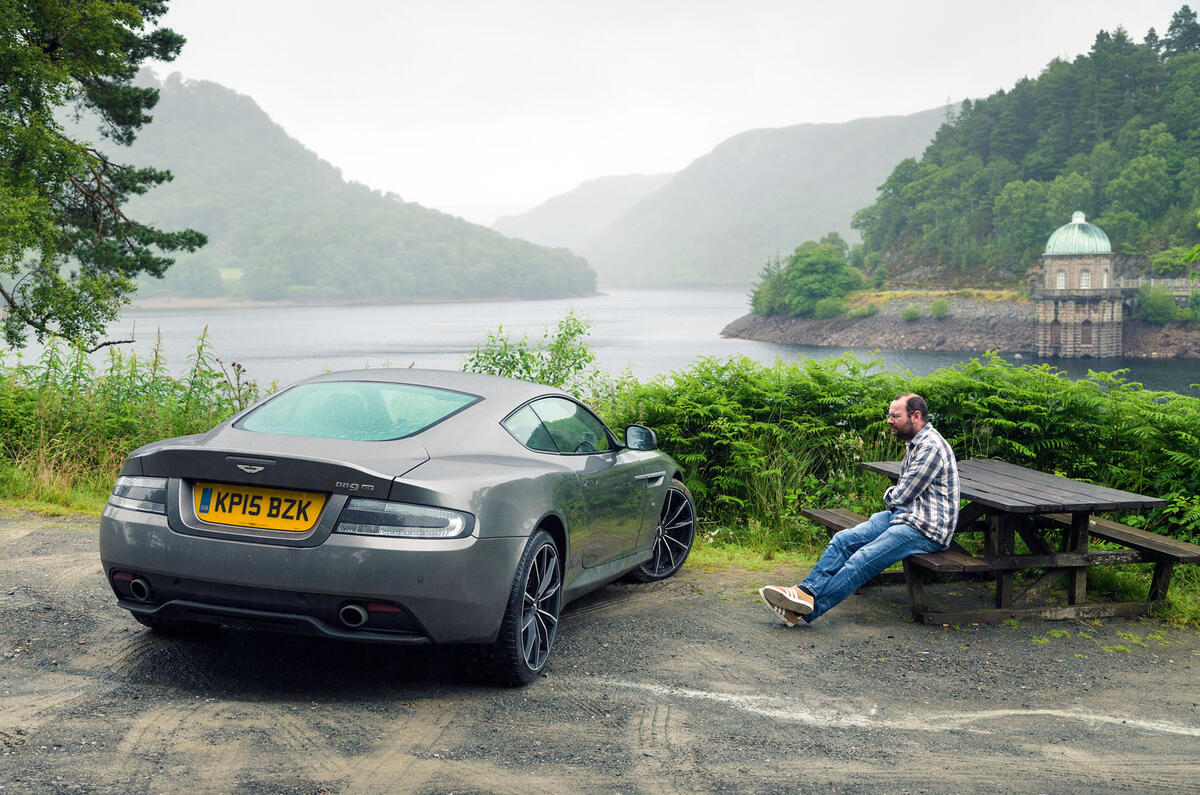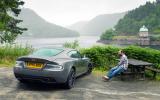There is no convoluted plan. Normally for a ‘goodbye’ drive of a car, we’d go somewhere regarded as marginally relevant.
Start at the Aston Martin monument near Aston Clinton, or go to that road in the film Skyfall, or something convoluted or tenuous like that. I can’t be doing with that ‘take it to this bit, pose for a poignant picture’ malarkey.
Geneva Motorshow update: Aston Martin reveals the tech spec and pricing for the forthcoming DB11
The Aston Martin DB9 is a car I’ve just always liked driving. And so to mark the fact that it’ll disappear from production next year, and that this model – the DB9 GT – is meant to be “the best a DB9 can be”, I’m just going to take it for a drive. Get up early, travel well, enjoy the sunset, come home. Simples.
The GT is the end of a 12-year journey for the DB9, the ultimate version in the only proper sense of the word. The DB9 itself could hardly be more significant to Aston. It’s the first of the VH architecture cars, the aluminium underpinnings whose metaphorically flexible ‘vertical’ and ‘horizontal’ components mean Aston can make a car as long as it likes and fit whatever components it likes.
It’s so versatile that Aston used to get a bit uppity if you called it a ‘platform’, because that suggests the platform is now 12 years old. Yet pull the skin off a DB9 now and from a 2004 model and they’d look different enough underneath.
The advantages of the structure are many. It is versatile, for one thing. The DB9, Aston Martin Vantage, Aston Martin Vanquish and Aston Martin Rapide, as well as the shorter-lived Virage and DBS, have all been hung from versions of this same architecture.
And it makes for easy car upgrades. That’s important for a company with the limited budget of Aston’s. (“Aston has basically never made money,” says CEO Andy Palmer.) Over the years, the infotainment system has been improved, the interior has received makeovers, the engines have been made cleaner and more powerful and structurally it’s more rigid and better honed.
But with that comes a downside: the Aston range has been a group of cars that, if you’re a less interested observer, look similar and do a similar thing. In future, under the stewardship of Palmer, that’ll be different, we’re told. VH architecture will stay, but each model line will have its own distinct personality – up to and including the crossover that’s meant to provide Aston with the budget to be self-sustainable in the long term. First on the list, though, is the DB11, this car’s replacement.
I’d be pretty chuffed if the DB11’s demeanour and personality turned out not too dissimilar to the DB9’s. It’s not uncommon to find that the original version of something is the purest and best.
















































Join the debate
Add your comment
It has been around for a
Beautiful.